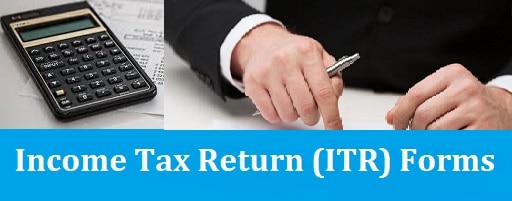
Income Tax Return (ITR) Forms: AY 2018-19
- Posted By Amritesh
- On July 1st, 2018
- Comments: one response
Income Tax Return (ITR) Forms for the Financial Year 2017-18 (Assessment Year 2018-19) is available on the Income Tax Portal. Central Board of Direct Taxation (CBDT) has issued 7 Income Tax Return (ITR) forms for the Financial Year 2017-18 (Assessment Year 2018-19). The applicability of the Income Tax Return (ITR) forms has been discussed below.
Return Forms: Income Tax Assessment Year 2018-19
Some of the changes introduced in the previous year have been continued in the current Assessment Year as well.
Instructions related to Filing of Returns
The new forms require Salaried Individuals to provide the basic details of the Salary (components as available in Form 16). Furthermore, for Income from Business, GST and Turnover details need to be furnished while filing returns. Non-Resident Individuals need to provide any one Foreign Bank account details so that the refund could be processed. The requirement to declare the cash deposits made during the demonetization period has also been removed.
Income Tax Slabs and Rates For Financial Year 2018-19
Changes introduced in the Income Tax Return Forms from the Financial Year 2016-17 onwards:
Paper Returns (Offline) may only be filed by Individuals above the age of 80 years or one’s (includes HUF) whose annual income is up to 5 lacs during the Financial Year.
New Single Page ITR-1 Form available for Individuals with Annual Income up to 50 lacs p.a.
Income Tax Return Forms have been reduced to 7 from 9 from the Assessment Year 2017-18.
Previous ITR-2, 2A, and ITR 3 have been dispensed and merged with ITR- 2 (New).
Previous ITR-4 is now the ITR-3 (New) while the ITR-4S (Sugam) is now the New ITR-4 (Sugam).
New Column included in ITR-1 to mention exempt Long Term Capital Gains (LTCG). E-Filing has been made mandatory for LTCG of Rs 2,50,000 or more, irrespective of Taxable Income being less than Rs 2,50,000.
Aadhaar ID Enrollment is mandatory. Individuals are required to link their PAN with Aadhaar ID to file the returns.
Due Date for Submission of Income Tax Returns is 31st July, 2018. Penalty to be levied in case the return is not filed by 31st July, 2018.
Types of Income Tax Return Forms and its Applicability
Income Tax Return Form (ITR-1)
ITR-1 known as Sahaj is primarily for the Salaried Individuals. The form is applicable for following class of Individuals whose total Income includes:
#Income from Salary/Pension (Up to 50 lacs)
#Income from House Property (Only 1 House)
#Income from Other Sources
This form is not applicable for following class of Individuals:
Income from more than 1 House Property
Winnings from Lotteries or Horse Races
Income from Capital Gains Not Exempt from Tax (Short or Long)
Income from Agriculture Income in excess of Rs 5,000/-
Losses brought forward from previous years or Other Head Sources.
Income from Business or Profession
Not Ordinarily Resident (NOR) and Non Resident Individual (NRI) or Any Resident owning Assets or Income from any Source outside India.
Note: Only, Ordinarily Resident Individual may file returns using this Form.
Income Tax Return Form (ITR-2)
ITR-2 form is now modified, it is a much simpler and modified form as compared to the previous form. It is applicable to Individuals and Hindu Undivided Family (HUF) whose Total Income includes:
#Income from Salary/Pension (Including in excess of Rs 50 lacs)
#Income from House Property
#Income from Capital Gains
#Income from Other Sources
#Winnings from Lotteries and Horse Races
#Clubbing of Income with another Individual (Child, Spouse etc)
#Losses brought forward from previous years
#Resident Indian with Foreign Bank Accounts, Assets or Source of Income
#Not Ordinarily Resident and Non Resident Individuals
This form is not applicable for following class of Individuals whose Total Income includes:
Income from Business or Profession
Income as Partner from Partnership or Limited Liability Partnership Firm
Income Tax Return Form (ITR 3)
The form is applicable to Individuals or HUF whose taxable income includes Income from Proprietary Business or Profession, but does not qualify to file in ITR 4 (Sugam). This form may be filled by following class of individuals or HUF:
#Income from Salary/Pension
#Income from House Property
#Income from Capital Gains
#Income from Other Sources
#Winnings from Lotteries and Horse Races
#Clubbing of Income with another Individual (Child, Spouse etc)
#Losses brought forward from previous years
#Resident Indian with Foreign Bank Accounts, Assets or Source of Income
#Income from Proprietary Business or Profession
#Not Ordinarily Resident and Non Resident Individuals
Income Tax Return Form (ITR 4)
This form also known as “Sugam” is applicable for Individuals or HUF whose tax is calculated on Presumptive basis. Following Individuals or HUF may use this form:
Business Income calculated in accordance with special provisions laid out in Section 44AD, Section 44ADA and44AE of the Act.
#Income from Salary/Pension
#Income from House Property (Only 1 House)
#Income from Other Sources
This for is not applicable for the following Income:
Income from more than 1 House Property
Winnings from Lotteries or Horse Races
Capital Gains Not Exempt from Tax (Short or Long)
Income from Agriculture Income in excess of Rs 5,000/-
Income from Business or Profession not in accordance with Special Provisions
Losses brought forward from previous years or Other Head Sources.
Income taxable U/S 115BBDA or nature of Income referred in U/S 115BBE
Relief claimed under International Taxation Norms
If the turnover of business is more than Rs 2 crores or Income from Profession exceeds 50 lacs. Profit/Income is assumed at 8% and 50% of the Total Gross Receipts.
Income Tax Return Form (ITR 5)
This form is applicable for Firms, Limited Liability Partnership (LLP) firms, Association of Persons (AOPs) and Body of Individuals (BOIs).
Income Tax Return Form (ITR-6)
This Form may be used by a Company, other than a Company claiming exemption Under Section 11.
Income Tax Return Form (ITR-7)
This Form may be used by persons including companies who are required to furnish return under section 139(4A) or section 139(4B) or section 139(4C) or section 139(4D) or section 139(4E)or section 139(4F), (i.e, trusts, political parties, institutions, colleges, investment fund, etc).
Income Tax Return Form (ITR-V)
It is the acknowledgement of the return filing.
Submission of Income Tax Return Forms (ITR)
All income taxpayers with Income above 5 lacs are now required to submit their returns online. Individuals need to seed their Aadhaar Number with PAN to complete the e-verification of the return. CBDT has extended the date for linking the PAN with Aadhaar till 31st March, 2019.
Tax Filing Portal
This article is for informational purpose only, aiming to provide brief idea about Income Tax Return Forms and its applicability. Readers are advised to research further to have more clarity on the topic. We do not claim expertise on the subject. It is very important to do your own study and consult your Tax Consultant before making any income tax related decision.

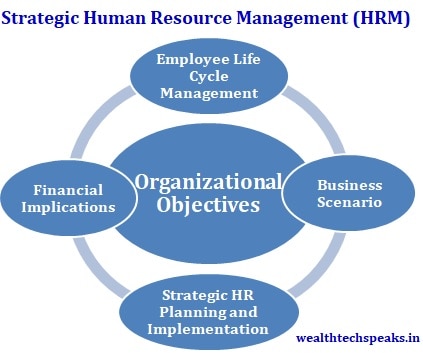

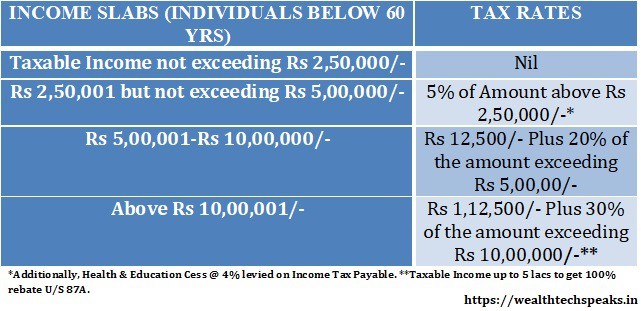

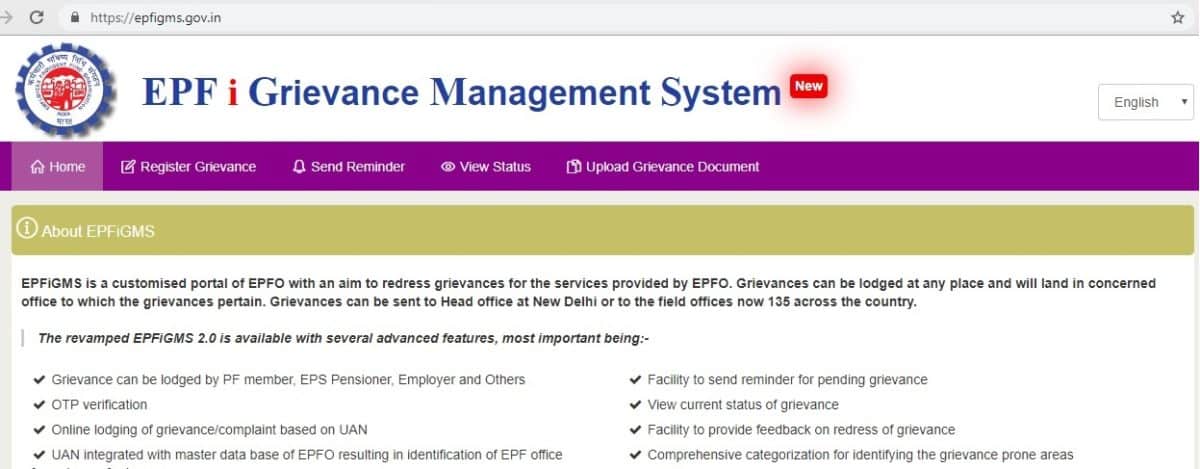

levitra conditionnement Per the American College of Obstetricians and Gynecologists guidelines, 6 gestational hypertension was defined as 2 BPs 140 90 mm Hg at least 4 hours apart with no proteinuria and no other laboratory abnormalities, while preeclampsia without severe features has an additional requirement of proteinuria